From Online to Onsite: Are Retail Environments Ready?
RDC's Virginia Maggiore shares how design can support e-commerce brands' expansion into physical stores.

As e-commerce brands increasingly move into physical spaces, the challenge for architects and designers lies in shaping retail environments that reflect these brands’ digital identity while offering something more—something tactile, immersive and, in the end, memorable.
Virginia Maggiore, principal at RDC, has built a career helping brands navigate this transition. Since joining the architecture firm in 2019, she has led the development of the company’s Retail Store Rollout and Planning practice, working with clients ranging from digitally native startups to legacy brands.
Maggiore’s recent projects include Babyletto’s first-ever showroom in Los Angeles and Wilson Sporting Goods’ immersive prototype store in Dallas. Both locations underscore the rising need for experiential, flexible spaces that align with broader retail industry trends.
In this interview, Maggiore provides her take on the evolving design principles behind tomorrow’s retail spaces—from modularity and placemaking to the hurdles e-commerce brands encounter when entering brick-and-mortar for the first time.
WATCH THIS VIDEO INTERVIEW: Let’s Talk About Retail Trends
What were the core design goals in creating a tactile environment for digitally native brand Babyletto on Melrose Avenue?
Maggiore: For 40 years, Babyletto has built an amazing following of customers and influencers who love their products and online presence. We wanted to create a tactile showroom where people could come and interact with their products, to experience the details—from the variety of furniture finishes to the softness and durability of the bedding—that they couldn’t experience online.
The space had to showcase the variety Babyletto offers without overwhelming visitors. To do that, we leaned into exploration and helping shoppers visualize how items would work together in their own homes. We used flexible spaces that could be endlessly reconfigured and provided some connection to the next ‘room’ to give visual continuity.
How did you balance playful motifs with the sophistication expected in a flagship retail experience?
Maggiore: We worked through many different ideas in the design process, tuning the playfulness and sophistication along the way. The idea of nursery vignettes, each with their own personality that also played off different Los Angeles neighborhoods, struck the right balance and made the space fun and creative but manageable for shoppers, who could mix and match from different collections and areas.
We leaned into creative wall coverings and the custom mobiles to provide eye-catching elements, and used lighting and accessories to make the space feel like home. We also worked with Babyletto’s great influencers and pulled from their collections and collaborations to bring what people have seen online into the retail space.
Tell us more about the challenge of blending online functionality with physical retail design.
Maggiore: When we’re approached by online brands moving to brick and mortar, we work to understand what’s meaningful for their customers now and what they can get from the in-store experience that isn’t possible online. What’s the service the brand provides that makes their offering unique, online and off? Digital navigation is important.
Babyletto was built as a digital brand and their product comes with the variety of finishes and design options that digital customers expect. It would be impossible to show everything they offer—products, materials, finishes—in one showroom. We set up a digital kiosk in each of our vignettes so parents could see the crib in the store setting, then experiment with different finishes and all other options available to them. We also supplemented the digital experience with physical material swatches.
READ ALSO: Urban Retail’s Momentum Builds Cautiously
What would you say are some of the most common design pitfalls brands fall into when transitioning from e-commerce to brick and mortar?
Maggiore: There’s a higher ‘cost of entry’ in the physical realm compared to the digital space. Getting online to set up a store costs almost nothing. You can make big, radical changes to your brand and offering and it can happen quickly, for almost no additional spend.
In contrast, everything in a physical retail space costs money and time. Digital-first brands want to move quickly, but a first store is not the place to cut corners. In fact, you want to bring your A game and that will look different than the tactics that drive sales online. For instance, brands want to put big monitors throughout the space to showcase their products, thinking great photography is a customer draw in the real world as much as it is online. But static images don’t translate to retail space. Stores have to offer something beyond what shoppers can find online.
There’s also ongoing maintenance and update costs. What is the plan for updating in-store content? Who is managing it? How often does it need to change to stay fresh? Failure to think through daily operations could seriously affect the efficacy of the store design.
Brands should also consider how stores might evolve and expand. It’s important to know what the non-negotiables are in their brand identity. What are the constants and what are the variables? How much of a single store should be brand-specific versus site-specific? Understanding what can change and what must stay in any new store will help control costs, protect brand integrity and build familiarity with customers.
Wilson Sporting Goods’ NorthPark store in Dallas was another unique project of yours, designed as a scalable prototype. What were your priorities in developing a format that could support global expansion?
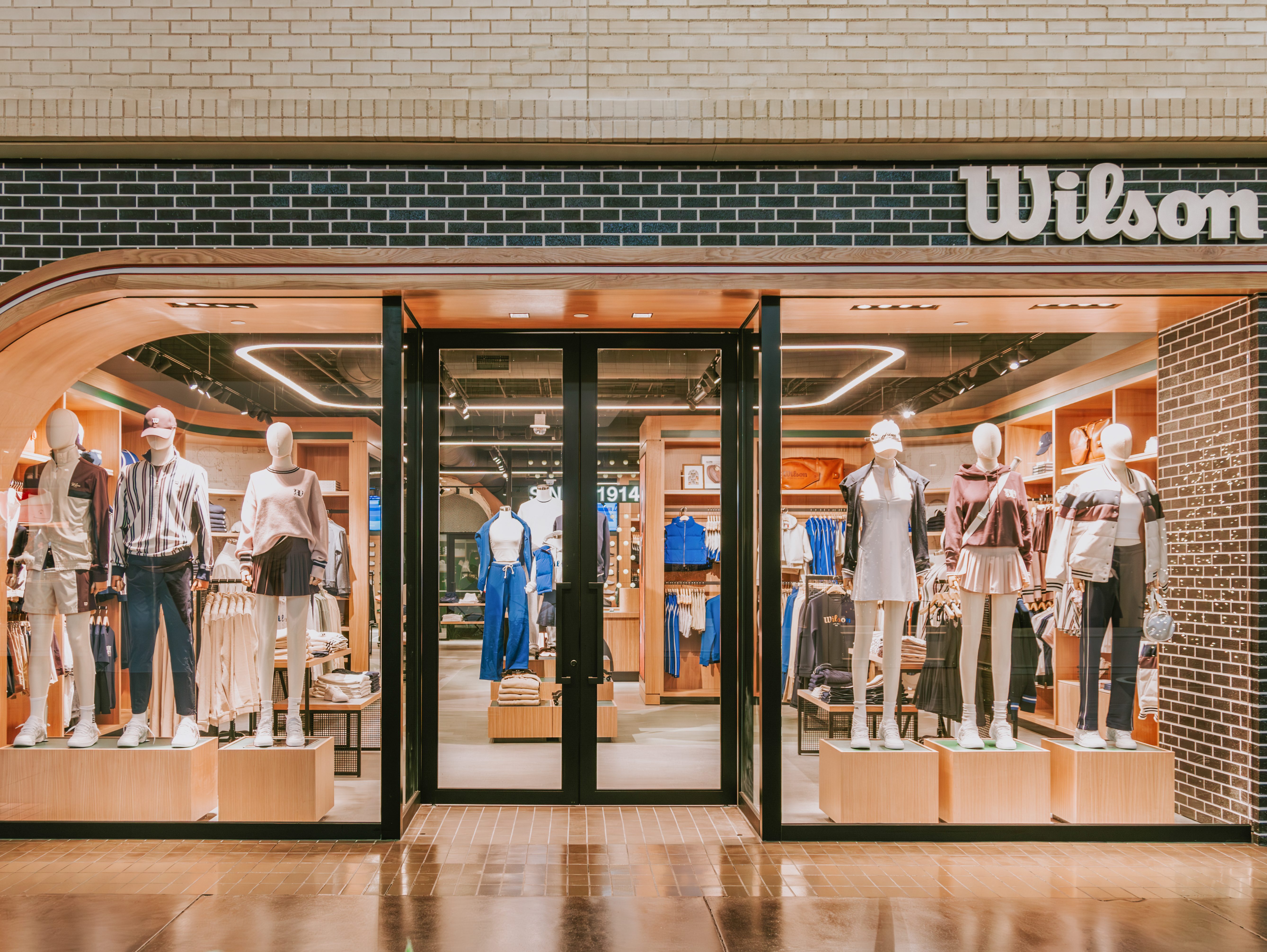
Maggiore: Wilson is a storied brand, whose name appears on the equipment used throughout professional sports. They are known for offering a wide variety of products that include apparel, footwear and accessories. We had to find a way to hold all of that in one space and design around the breadth of their offering.
Wilson had opened a few stores, but they weren’t modular or scalable and that was limiting their expansion plans. We focused on flexible elements like casework and tables that could go in any store with the same kit parts. That made every store modular and made the store design scalable to as many locations as Wilson desired. They have opened several stores using these standards since.
READ ALSO: Retail Sales, Foot Traffic Are on the Mend. Upswing or Seasonality?
The Dallas store includes interactive features like an equipment testing center and racket-stringing services. How do these elements enhance customer experience?
Maggiore: Testing courts and equipment services are part of what differentiates Wilson as a sports store and what draws people in. The racket services go back to their roots. Tennis strings were one of the first products they manufactured. Being able to provide a complimentary service and experience is what gets people off their screen and into the store.
Wilson had a test court prototype in their New York store, but it wasn’t modular. We had to think about ‘landlord proofing’ an active sports court for different retail settings. How do you change the acoustics when people are whacking balls or dribbling around the store? How can you build the store around the test court and make it scalable and modular? Those were some of the challenges our team tackled.
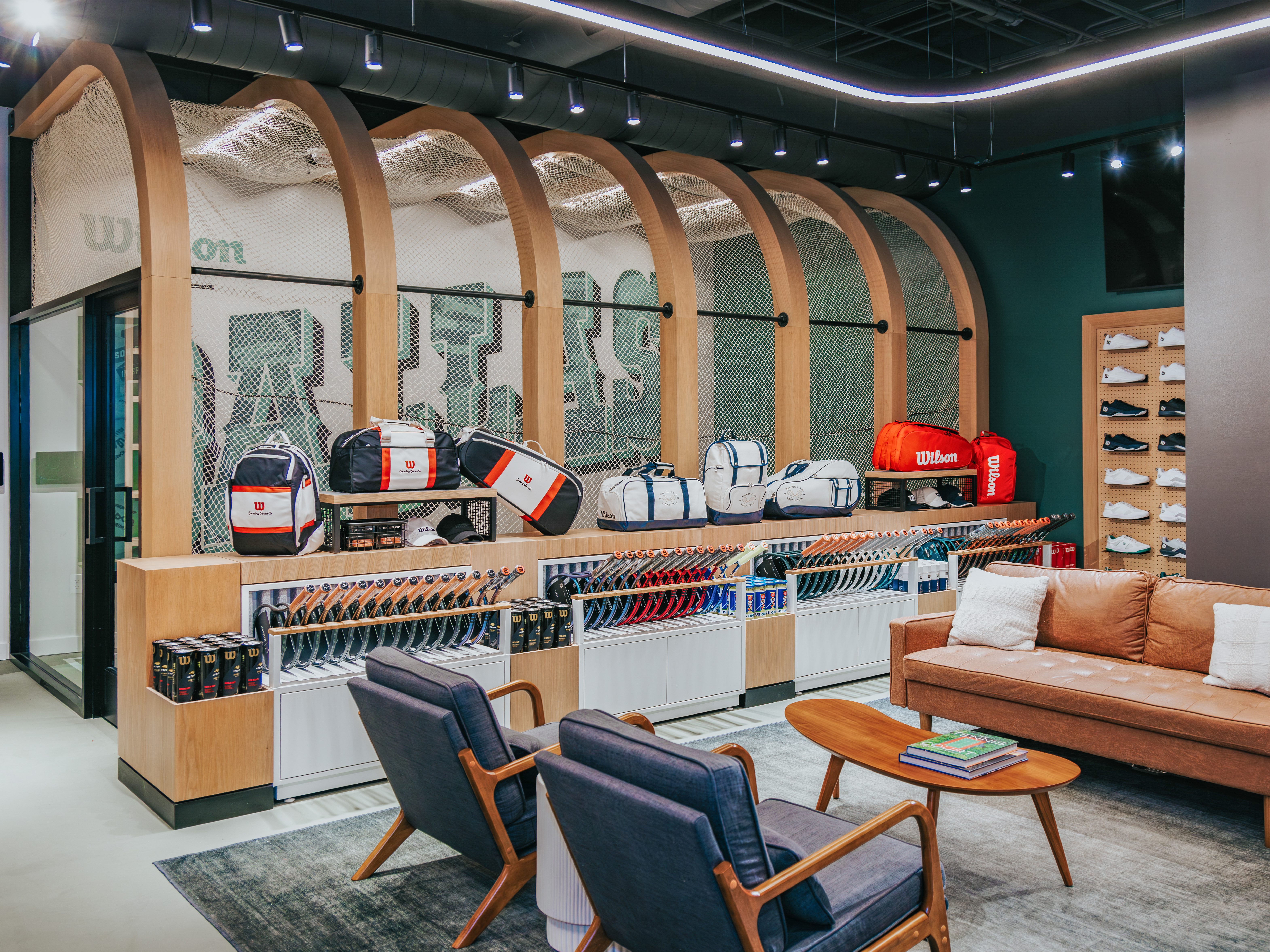
Can you expand on the legacy elements you incorporated while maintaining a forward-looking retail concept store?
Maggiore: Wilson is one of the oldest brands we work for, with a rich history from tennis racket strings and the balls used in the U.S. Open, to being the official game ball supplier for the NBA and WNBA.
We played up the concept of 1900s sports design, which is rich in cherry wood and linoleum floor finishes. We introduced locker room elements and gridded glass that you’d find in historical gymnasiums to tie the retail experience to Wilson’s history.
In your experience, what role does placemaking play in the success of modern retail environments, particularly in urban or mixed-use settings?
Maggiore: Site selection is hugely important. Flagship stores don’t typically open stores in malls or lifestyle centers. These stores are going to be street location, and there is competition for attention. We highlight the unique features of the space, whether that’s an architectural detail or the unique style of the neighborhood it’s located in. All of that has to be woven into the fabric of the brand, which is where understanding their brand constants and variables comes into play.
We also talk about the customer experience. How long do these stores want people to dwell in the space? There’s not a right or wrong answer, but design can help you make it a reality. If the goal is to have people hang out, for example, then indoor-outdoor flow and features like a patio are a great way to do that.
READ ALSO: Retail’s Resilience Draws Private Capital Back
You’ve spoken about the risks of limited product offerings in small-format stores on several occasions. How do you ensure that physical retail complements the “endless aisle” of e-commerce?
Maggiore: The programming of the space, the product offering and the overall size are so important to the design. You have to set aside room for experiences and services, but you also need to plan for new product launches, which are always happening. The key is flexibility, designing a space that isn’t so rigid it doesn’t leave room for what’s new and different, which is what customers are drawn to.
Digital interfaces are critical to giving customers in-store access to everything online, while still having room for testing courts and fitting rooms and all the things you don’t get online.
And how do you approach that flexibility in retail design—especially for brands that need to adapt quickly to changing consumer behaviors or market conditions?
Maggiore: We do try to leave an open floorplan that isn’t overwhelming. With Babyletto, for example, we created lots of smaller rooms rather than one big open space. But there is flexibility to change the feeling of a vignette by changing the rug or the wall covering, without having to redo the entire display.
There is some interesting new technology like wall units that can hold different types of displays, from shelves and racks to bars for hanging clothing, so it evolves with the store concept and gives brands the chance to highlight what’s new. We work with some great vendors that make good bracket systems that come with electrification built in, so you can have lighting in the shelving and still be able to move everything around.
Looking ahead, what design strategies do you believe will define the next generation of retail environments for digitally native and legacy brands alike?
Maggiore: Retail spaces must have a draw. For digital-first brands, that might be a new way of thinking, when their products had previously been available to anyone with a smartphone. But as they move into retail spaces, they’re embracing the idea of offering something unique—and that means legacy brands will have to meet that bar too, if they haven’t already.
There’s no wrong answer, but it always comes back to the brand. Can you create space for programming like a TED Talk or a yoga class? Are your customers more interested in a coffee bar and onsite, expert help? What experience feels authentic to your brand and clients? Spend some time upfront thinking about what your brand could offer besides your products in a space, because that alone won’t drive sales.

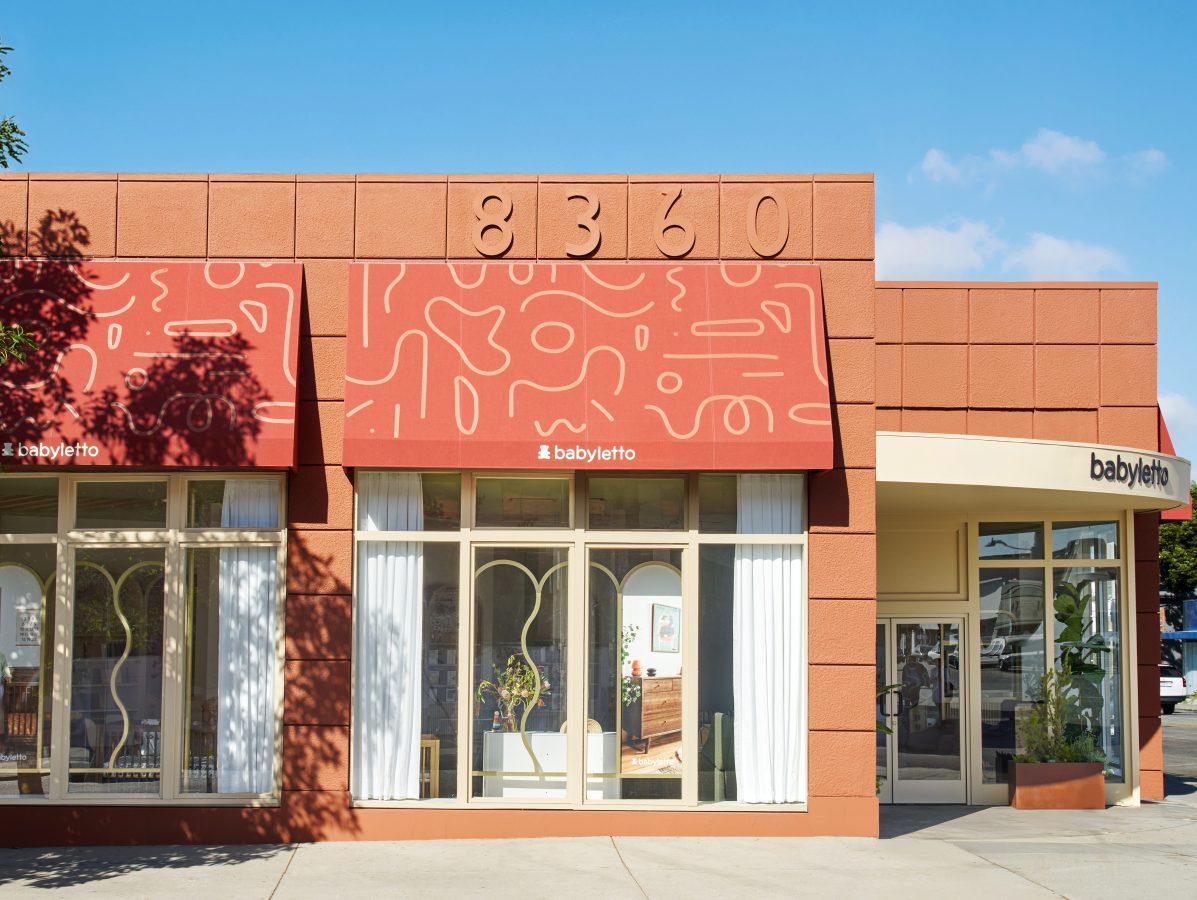
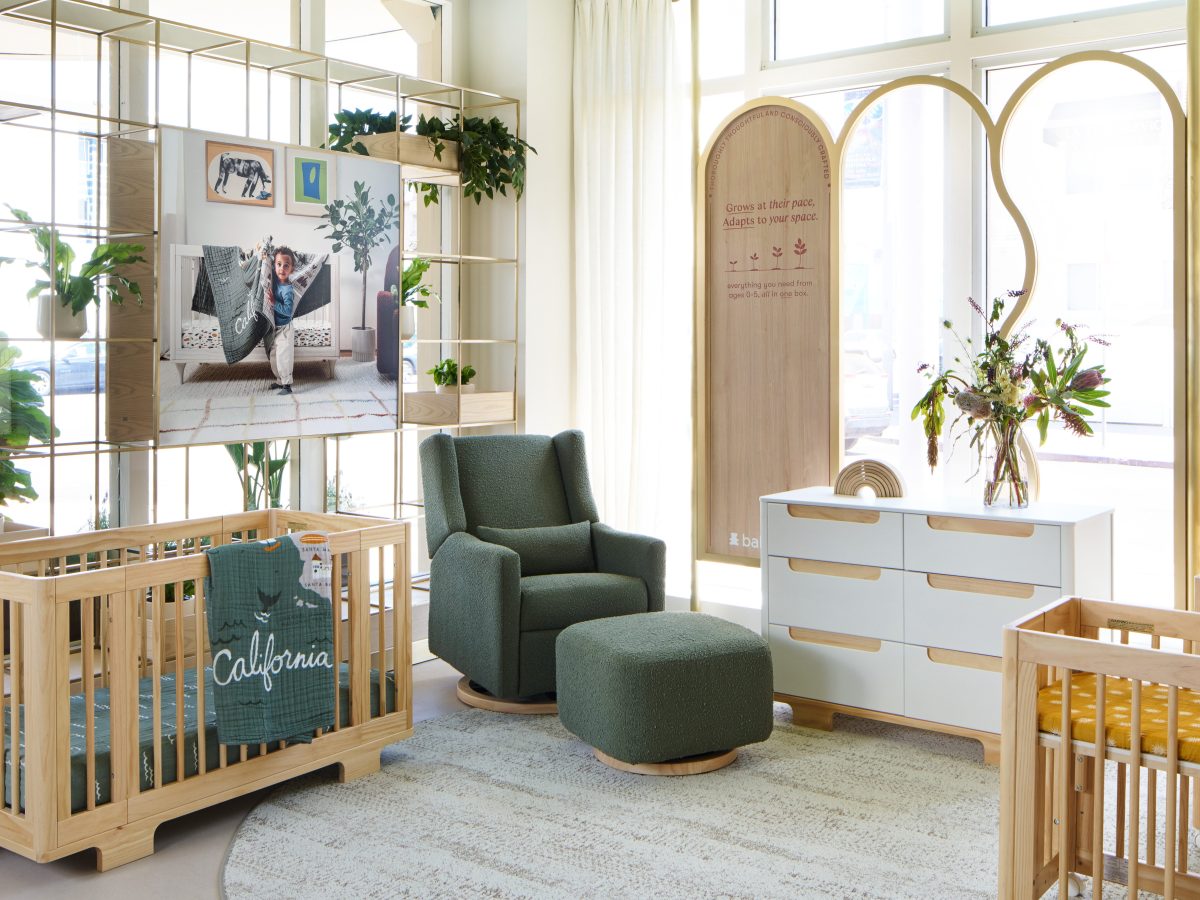
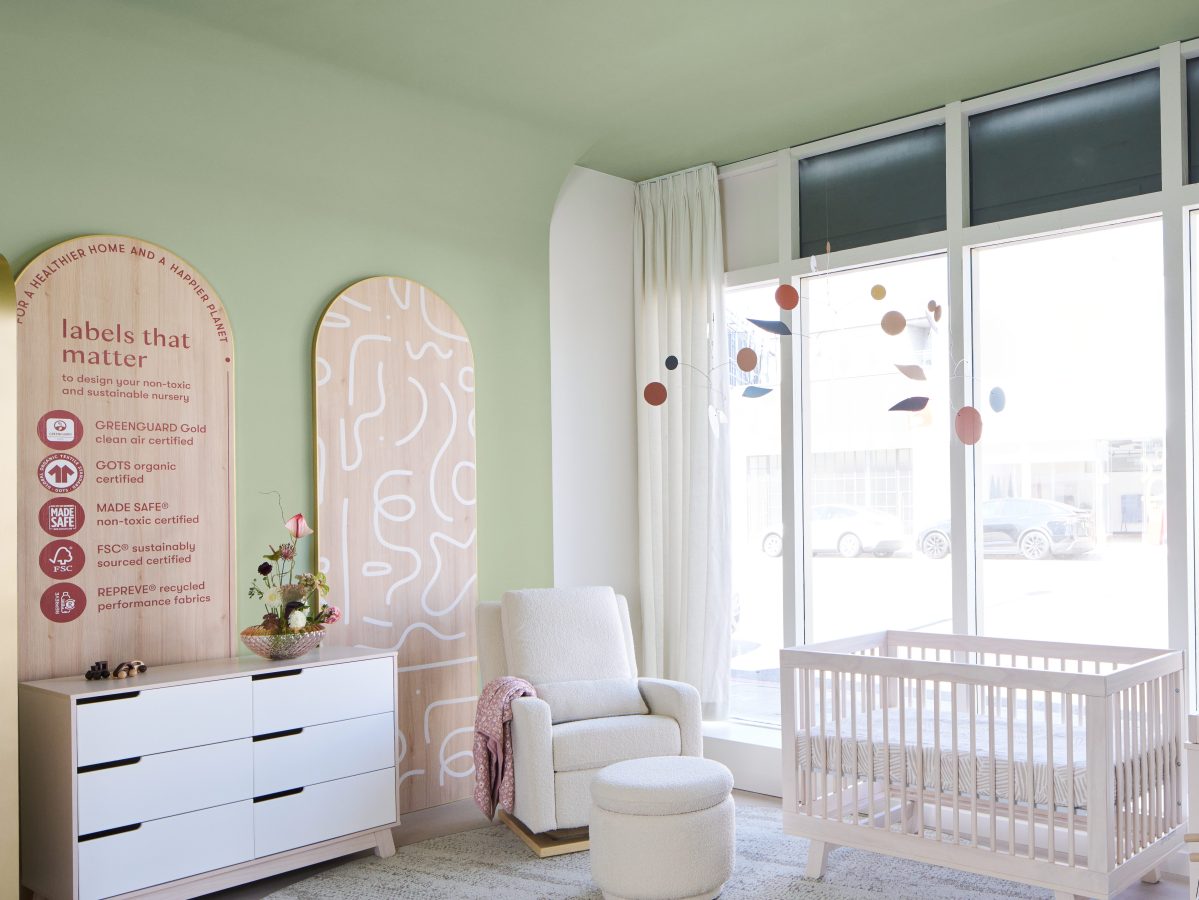
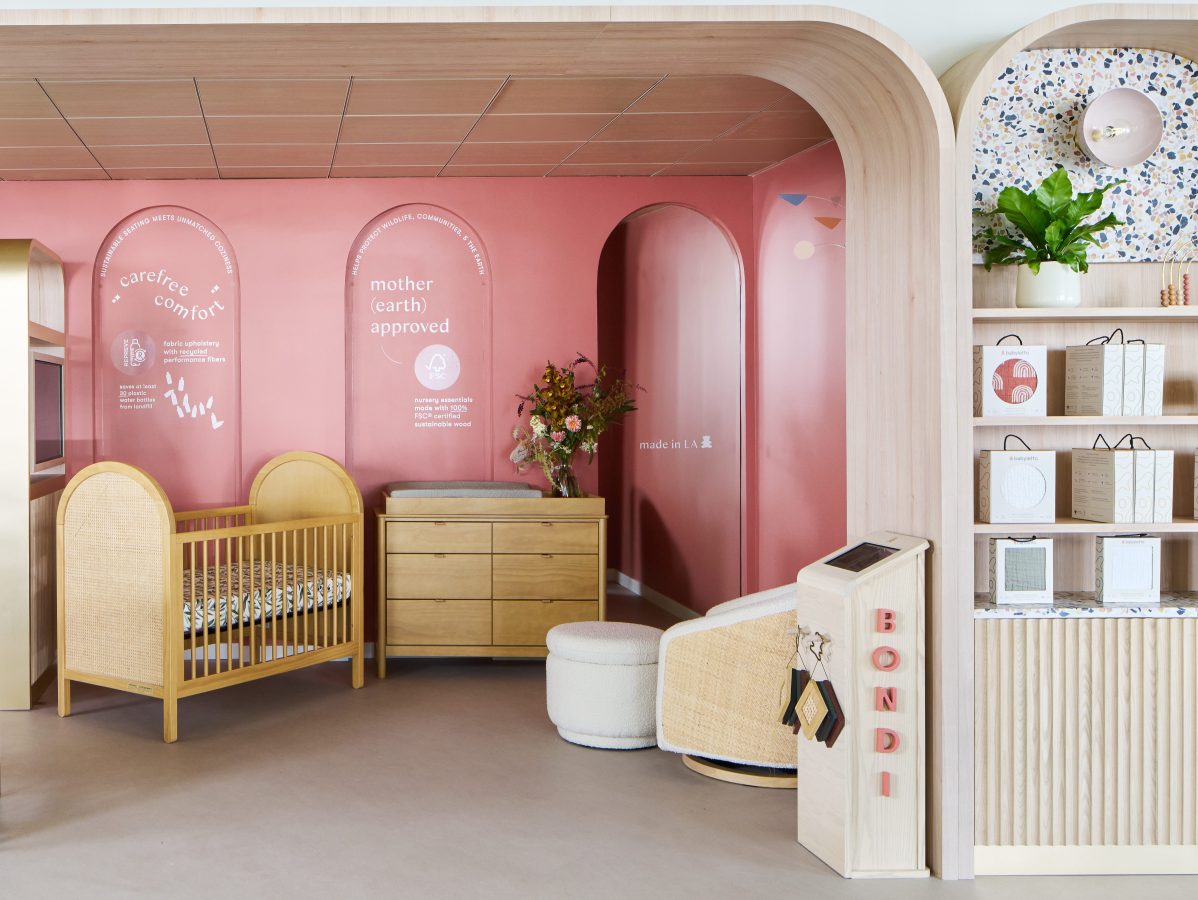
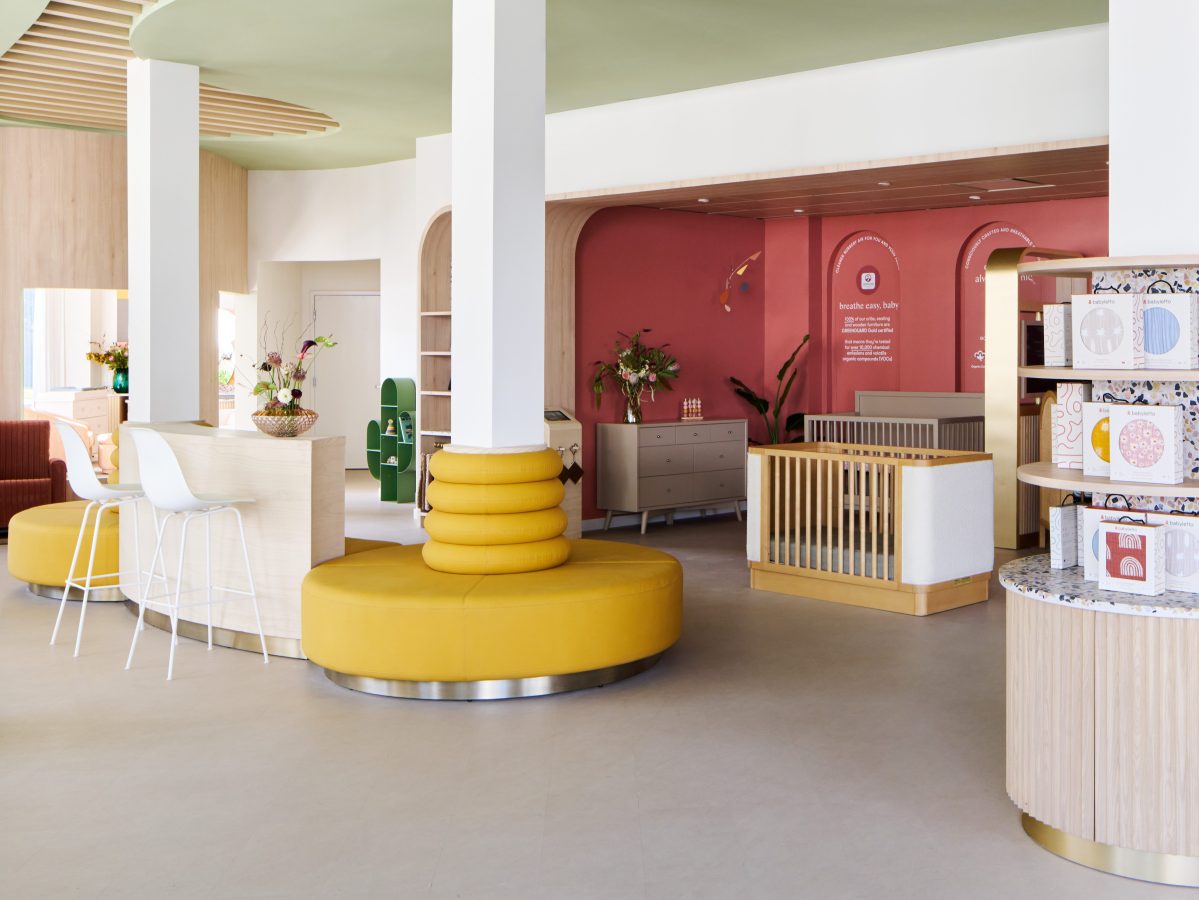

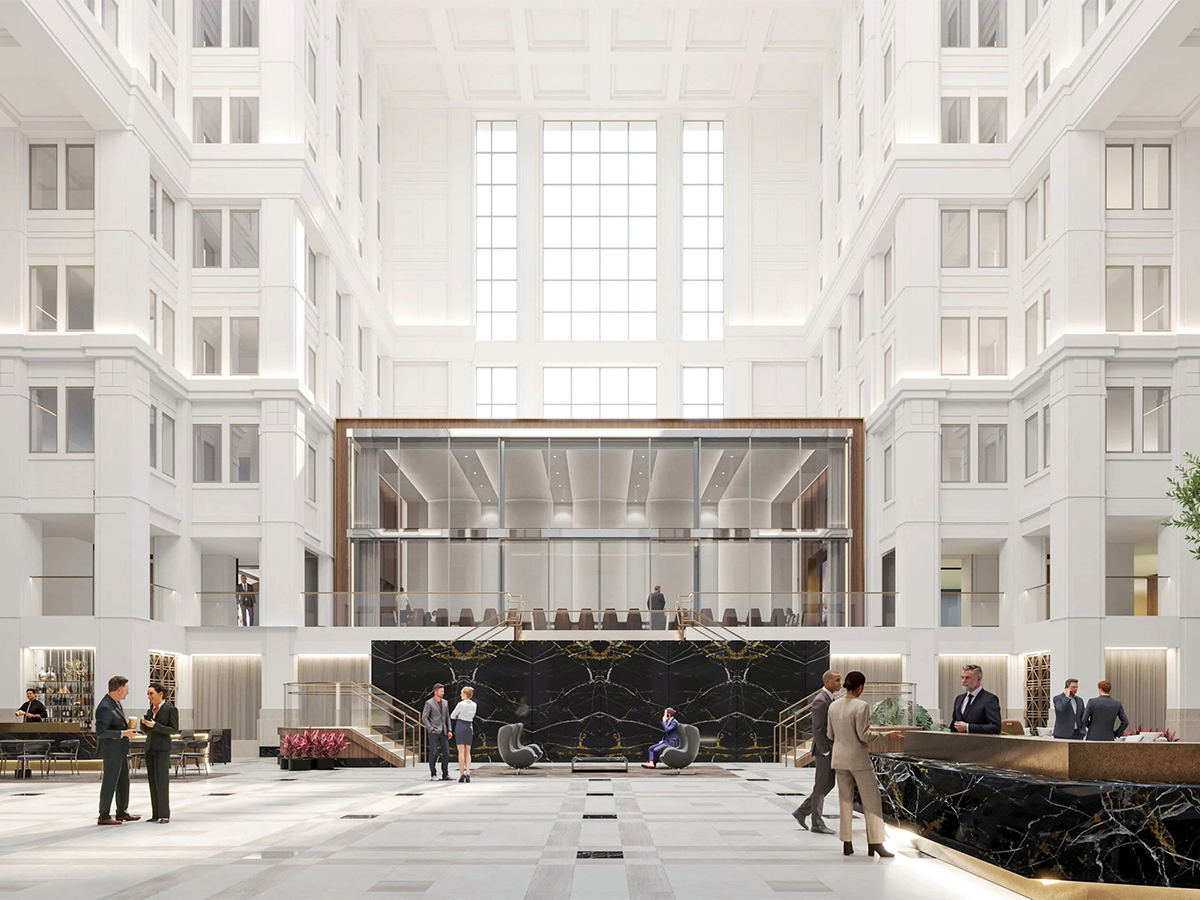

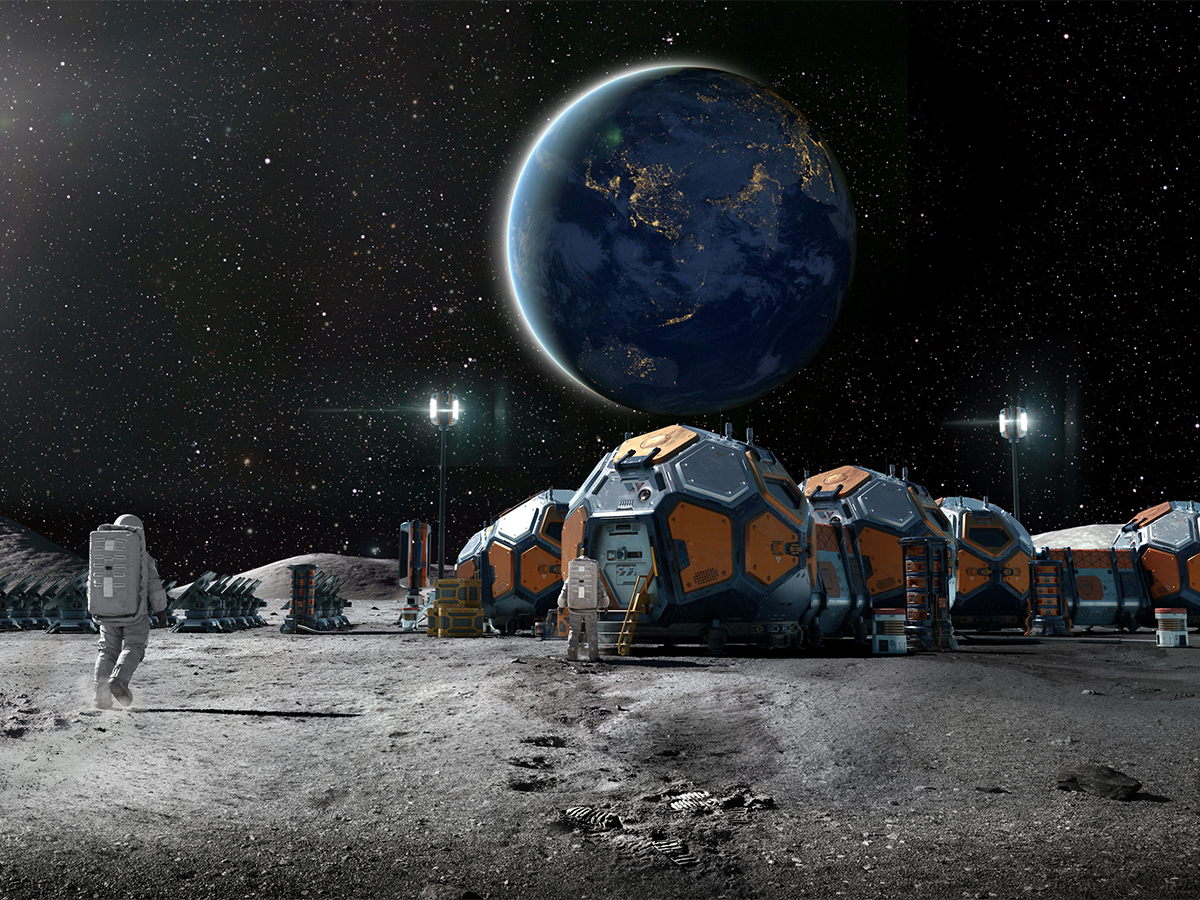
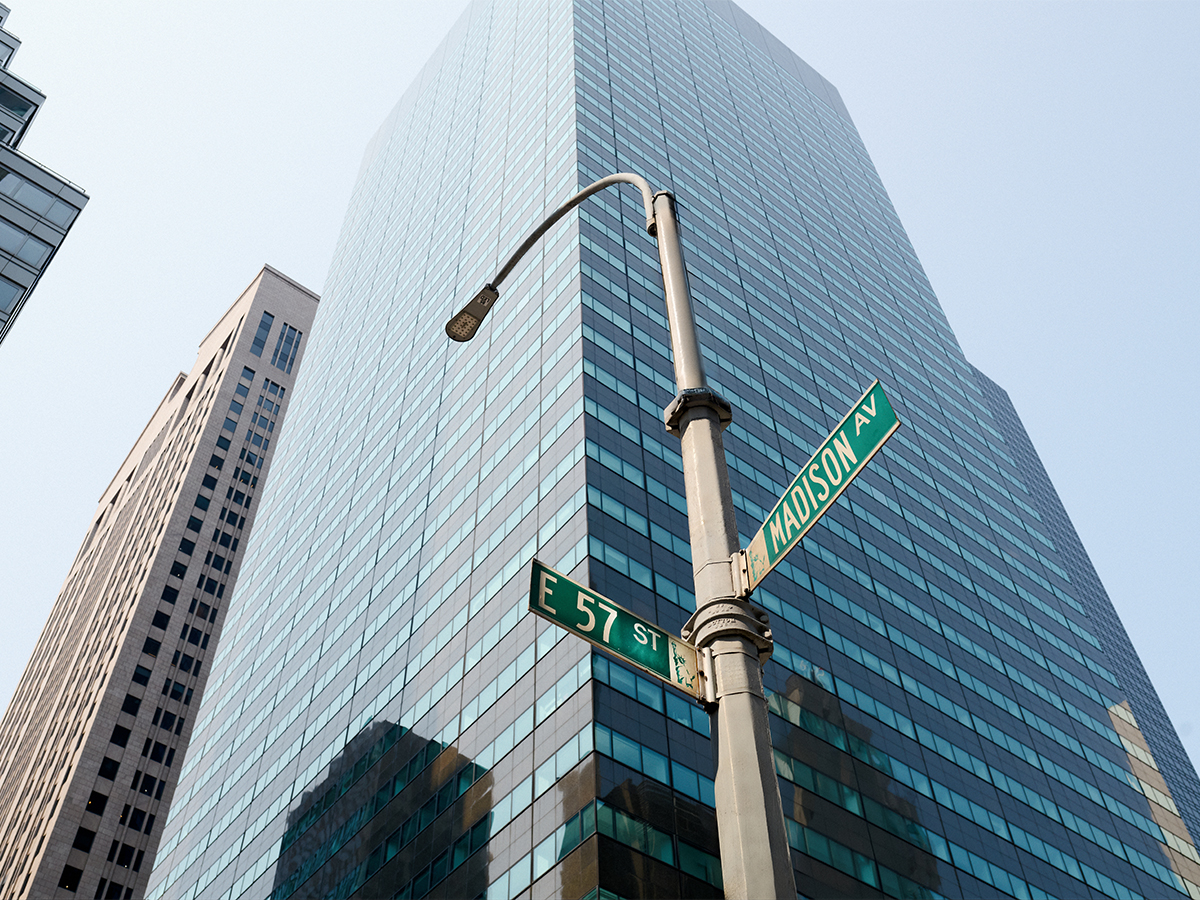

You must be logged in to post a comment.